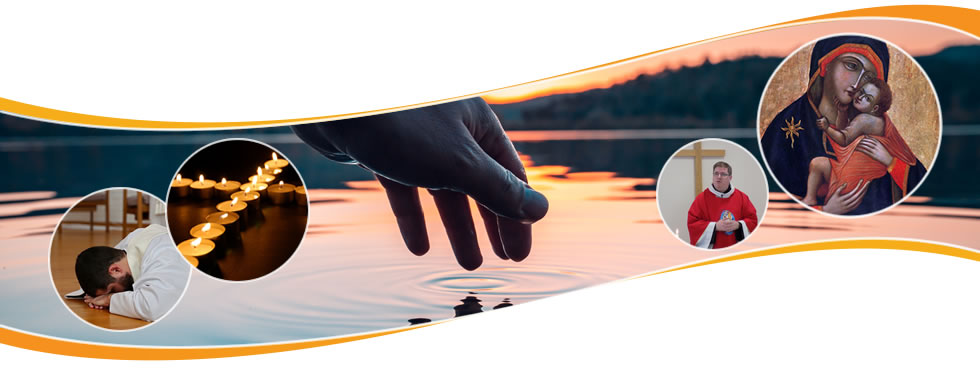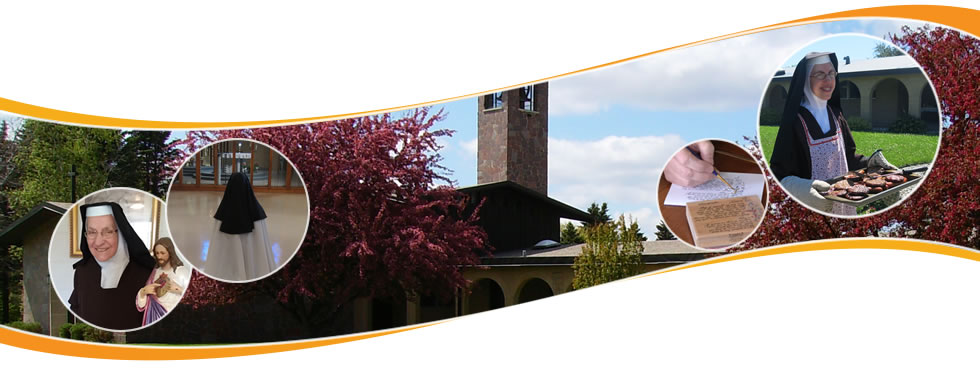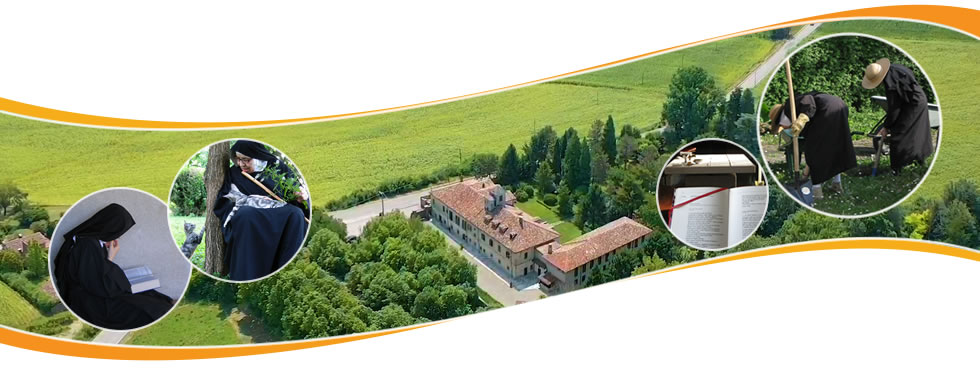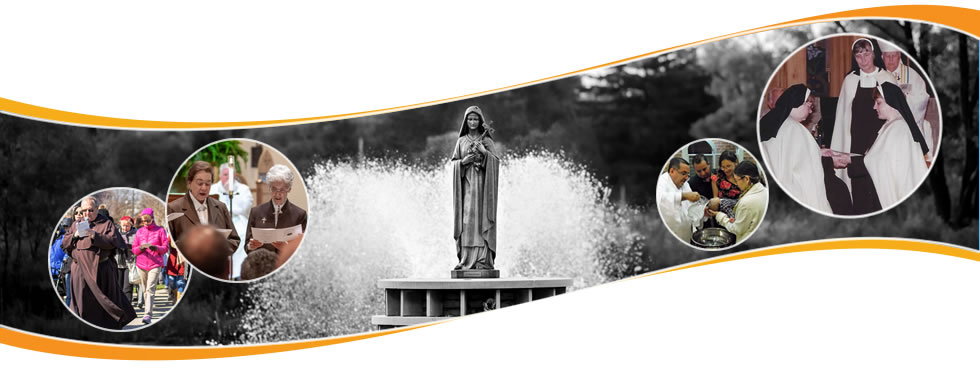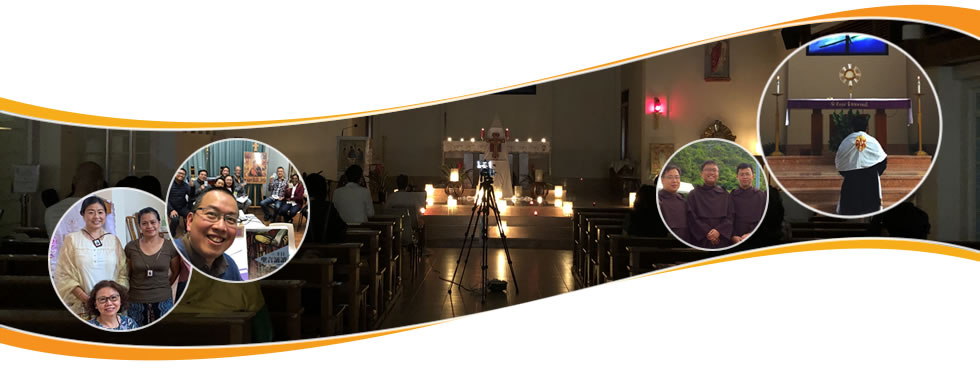Christopher O’Donnell, O.Carm.
Shared with the Church
Finally, we come to that dimension of the Church which is outreach. The Church has a mission to all, so that as Pope Paul VI could state that evangelization belongs to the very nature of the Church. Indeed, as we have already seen, we are sent forth at each Mass in love, service and evangelization. Here too Mary is our icon. The story of the Visitation shows both dimensions (Luke 1:39-55). After the annunciation Mary sets out immediately, St Luke tells us “with haste” to visit her cousin, Elizabeth whom she has just learned is pregnant. Now just as there was a remarkable greeting from Gabriel to Mary, so Mary’s greeting to Elizabeth is even more extraordinary: as soon as she greets Elizabeth, the older woman feels the child leaping in her womb, and Elizabeth herself is filled with the Holy Spirit (Luke 1:40-41). Mary brings Jesus; Mary’s greeting is grace filled and brings the Spirit. The task of the Church is continually to bring Jesus, and to bring the Spirit into people’s lives. Here in the visitation Mary is the supreme model for the apostolate and mission of the Church in each of its members. But Mary goes on to proclaim God’s plan and to extol God’s mighty works in the Magnificat (Luke 1:46-55). The text is so familiar to all that I would only wish to highlight a few themes.
My soul magnifies the Lord, and my spirit rejoices in God my Saviour;
Mary’s celebration looks firstly upon God; her innermost being focuses on him as Lord
and as Saviour.
for he has looked with favour on the lowliness of his servant.
Surely from now on all generations will call me blessed;
for the Mighty One has done great things for me, and holy is his name.
As her eyes turn to herself, she celebrates his greatness in her weakness; her situation is
lowliness, more accurately “humiliation” (tapein6sin); she repeats the self-description she
used at the Annunciation, she is a slave (doule).
His mercy is for those who fear him from generation to generation.
He has shown strength with his arm;
he has scattered the proud in the thoughts of their hearts.
He has brought down the powerful from their thrones, and lifted up the lowly;
he has filled the hungry with good things, and has sent the rich away empty.
Here Mary takes up the reversal theme: what the world values is to be cast down; what is weak will be exalted. This is a message not only to the proud of the secular society, but it is a warning to each member of the Church. Pope, bishops, clergy, laity, religious all need to hear that God’s way is not the way of power, dominance or manipulation. It is only if we accept our poverty before God that we will know his favour. The problem is that so often we embrace God’s way of humility and weakness only when we have tried and failed by our own efforts, by following the ways of the world. The Church is never free of this temptation.
He has helped his servant Israel, in remembrance of his mercy, according to the promise he made to our ancestors, to Abraham and to his descendants forever.
Finally Mary celebrates God’s faithful love, his rocklike fidelity. God has made many promises to his Church, most memorably in the promises of the Holy Spirit at the Last Supper (John 14:16-17; 14:26 = 16:13-15; 15:26 = 16:7.11) and just before the Ascension (Luke 24:46; Acts 1:6) and the promises to Peter as he constitutes him the foundation of his Church: “You are Peter, and on this rock I will build my Church, and the gates of Hades will not prevail against it” (Matt 16:18). Whenever we see darkness surrounding the Church, we need to celebrate with Mary God’s promises.
Conclusion
Vatican II in the Constitution on the Liturgy (SC 103) gave a succinct account of the role of Mary for the Church:
In celebrating this annual cycle of the mysteries of Christ, Holy Church honours the Blessed Mary, Mother of God, with a special love. She is inseparably linked with her Son’s saving work. In her the Church admires and exalts the most excellent fruit of redemption, and joyfully contemplates, as in a faultless image, that which she herself desires and hopes wholly to be.
It is as we celebrate the mysteries of Christ that Mary is properly honoured. This honour is described as “with special love.” The Council then notes that Mary is inseparably linked with her Son’s saving work, that she is truly redeemed, and that she is the flawless image of all that the Church desires and hopes wholly to be.
~~~
It is my contention that our vision of the Church has darkened in the past decade, and that we need to raise up our eyes. If we look to Mary we shall rediscover the true meaning of the Church, in which we can see her radiant beauty despite sin, failure and infidelity She is therefore an icon in which we see the Church, and are drawn to its full Trinitarian reality. The Church has been presented by Vatican II in three memorable images: it is People, Body and Temple. We need Mary to lead us into her experience of Trinitarian love that has been poured out on the world, and which is offered to the Church whose weakness is often too evident:
The Father chooses the People of God in which is resplendent the Daughter of Sion. The Son is united to his Body, whose Mother is Mary. The Spirit gives life to the Church, whose Temple Mary is. We are People, Body and Temp Je, illumined by Mary, Mother and Icon of the Church.




